Extreme weather events are when you find out how well your power grid really works. As the effects of climate change become more obvious, we’ve been having more of these, with the result of more power outages, which are usually the result of downed power lines.
Last week Wood Mackenzie Power & Renewables took a look at how various resources performed during the “polar vortex” from January 22 – February 3 in the Midwest and Northeastern United States, including projections of how resources would fare in a 100% renewable energy scenario.
There isn’t much solar to study in these regions, but there is a lot of wind in the Mid-continent System Operator (MISO) and Southwest Power Pool (SPP) grids. However, Wood Mackenzie describes wind output during this time as being “generally anti-correlated to load.”
This was particularly true on the extreme cold days of January 30 and 31; and while solar was producing more during these days, there isn’t much solar yet on these grids, leaving coal, gas and nuclear power to do the heavy lifting.
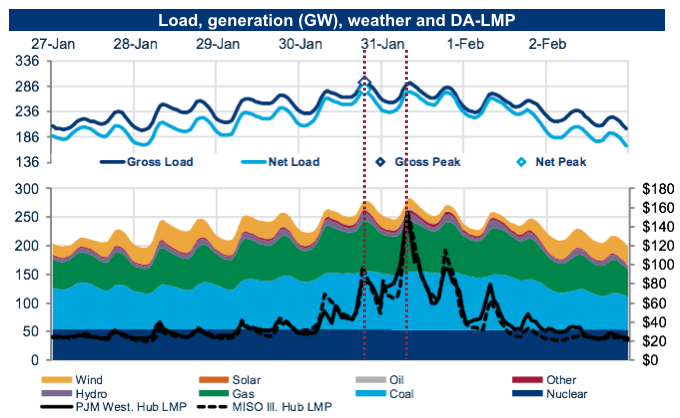
Wood Mackenzie says that this situation was further aggravated by a lack of adequate transmission to exchange power between various grid operators, and even within grids. The consultancy notes that “limited transmission capacity meant that MISO South power prices remained low”, and that as the cold let up in SPP it was unable to provide support to MISO and PJM due to transmission limitations.
100% renewables
Wood Mackenzie then took observed conditions and scaled up wind and solar output to see how various mixes of the two would look on the grid. Unfortunately they only shared the 50-50 mix by capacity, which is unlikely to be the best mix for price or output; more sophisticated studies such as the Minnesota solar pathways have shown that it is possible to study output characteristics to arrive at an optimal mix of wind and solar on any grid.
Regardless, their brief analysis did show some important considerations. Namely, that in order for solar to provide relief during periods of low wind output, it would need a minimum of 18 hours of storage – so that electricity from solar generated at 3 PM on January 29 could provide until at least 8 AM on January 30.
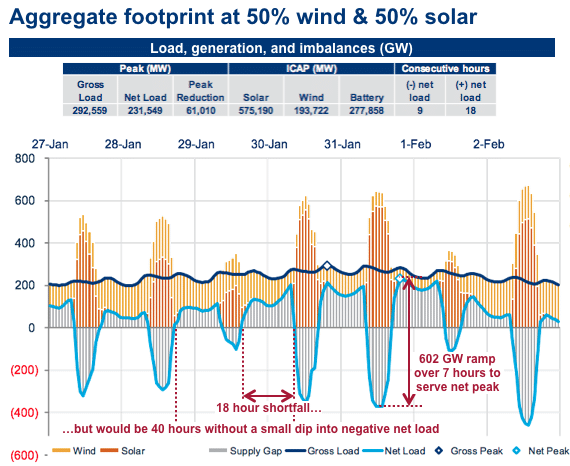
However output on January 29 wasn’t particularly strong, and if you were relying on stored power from the sunnier January 28, this would mean 40 hours of energy storage. And since this analysis assumed the elimination of transmission constraints and better forecasting, the need for longer-duration energy storage was clear. As stated by Wood Mackenzie.
“Assuming no transmission constraints and unfettered access to a wider pool of resources, the market would require firm generation for durations ranging from 18 to 40 hours to backstop renewable intermittency.”
And this is not all; the wider grid would also require a massive 602 GW ramp over seven hours during the evening of January 31 as solar production waned.
Battery and behind-the-meter solutions
This is obviously an issue given that most lithium-ion batteries deployed today have four-hour ratings, with six-hour versions available. And while flow batteries can be designed to provide longer-duration storage, these are neither as widely deployed nor have as low of up-front costs as lithium-ion batteries.
However, Wood Mackenzie does note that in addition to long-duration energy storage, the optimization of several “stages” of shorter duration could also work. Additionally, the consultancy notes that “distributed or demand-side technologies may help reduce peak load requirements and the need for utility-scale energy storage”, but does not appear to have modeled these.
The role of nuclear
Wood Mackenzie also looks at what this power mix would look like if existing nuclear power plants were kept online. It finds that “existing nuclear reduces the magnitude of hourly generation imbalances”, and that during the polar vortex the existing nuclear fleet ran with very high up-time, with only one outage at the Salem Nuclear Plant in New Jersey.
However, there are lessons to be learned from other extreme events as well. During the January 2018 “bomb cyclone” that hit the East Coast a downed a power line took the Pilgrim Nuclear Power Station in Massachusetts offline, resulting in a 22% reduction of the nuclear output in New England, which lasted for the duration of the storm.
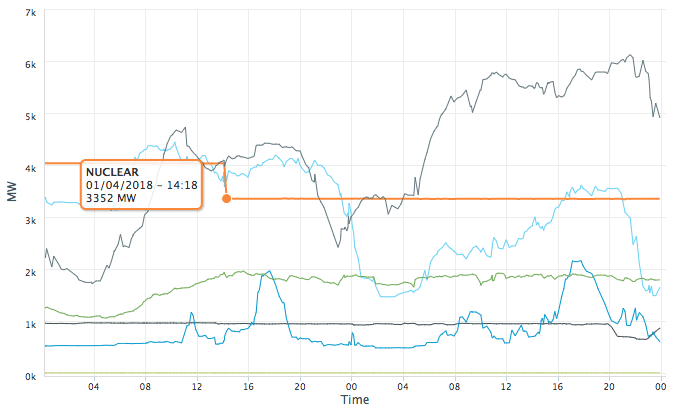
No easy answers
Of course nuclear power plants are not the only kind of generation that is subject to downed lines, which can wipe out any large-scale generation – including large solar plants, as was seen in the aftermath of Hurricane Florence in North Carolina.
During extreme cold weather gas compressor stations explode, coal piles freeze, and nuclear power plants sometimes shut down. Incidentally, nuclear power plants must also shut down when their water intake becomes too warm – which has caused a reactor at the Millstone nuclear plant in Connecticut to shut down in past heat waves. Millstone represents half of New England’s operational nuclear capacity.
Simply put, neither nuclear power or any other form of generation is a panacea for reliability, although distributed generation, energy storage and microgrids hold particular promise.
In the interim, Wood Mackenzie’s analysis provides valuable lessons about the need for improved interconnection, better forecasting, massive, longer-duration storage and/or a high degree of demand-side flexibility during cold spells in northern climates.
This content is protected by copyright and may not be reused. If you want to cooperate with us and would like to reuse some of our content, please contact: editors@pv-magazine.com.
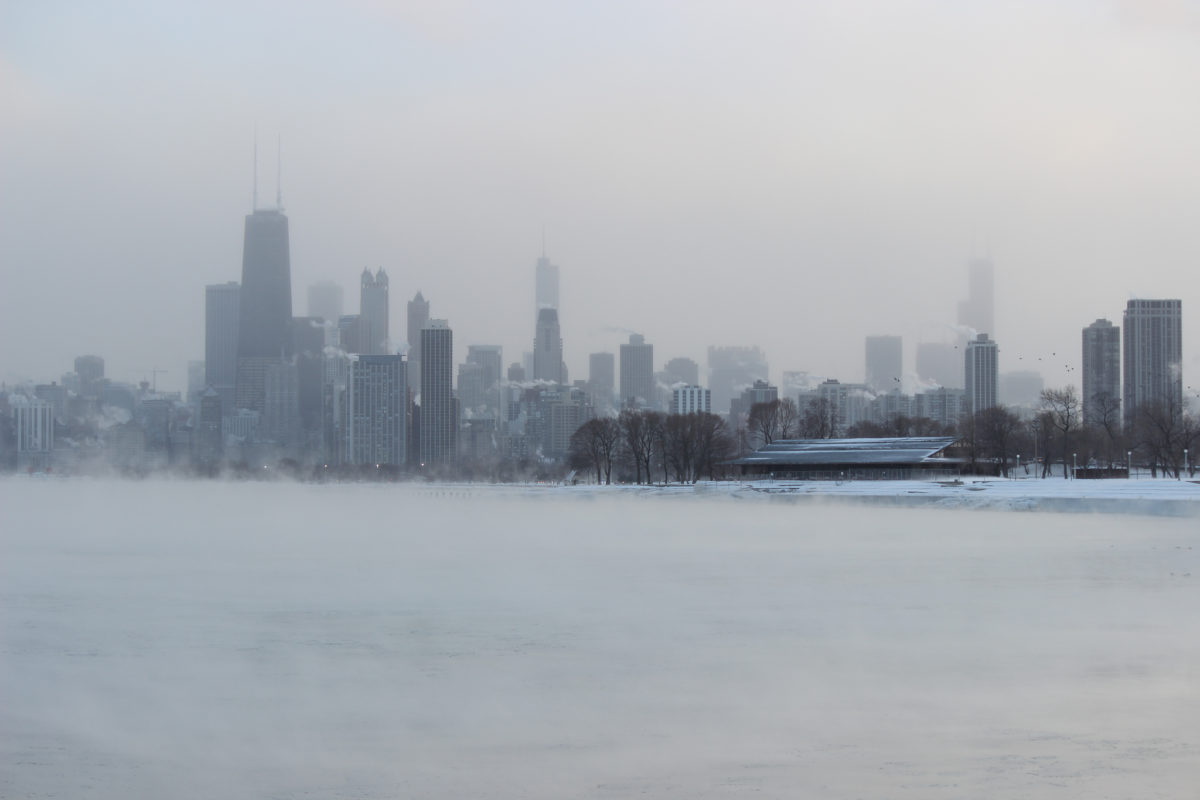




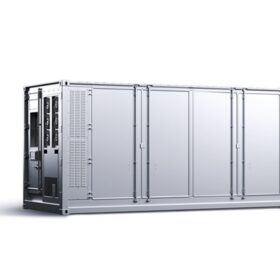


This completely ignores the obvious solution to both power and reliability problems, home, building, etc CHP.
CHP supplies 12% of generation but only 8% of capacity shows how much it already contributes.
Since the 70s any large boiler replacement or waste problem, it is likely profitable to go CHP lowering both heating and power bills and many did.
This can supply them and the grid using bio, waste or synfuels that normally are used just for heat.
Also heat storage.
In fact these with EVs, solar, small wind will be the backbone of the future grid, sucking up excess power and providing on demand power all yr round and making money at it.
Good point. While I haven’t seen numbers for total availability, I’ve long been curious about the potential for anaerobic digestion to supply dispatchable power during these periods, particularly in the heavily agricultural Midwest. And of course this would be best as CHP.
Hydrogen is another solution that might work here – but again my understanding is limited.
The other resource that does not seem to be mentioned in the article is efficiency. Improving building codes and retrofit programs and standards to reduce heating and cooling loads is fundamental to this whole issue. And to the extent that net-zero energy, passivhaus, and other advanced building standards come close to eliminating external energy inputs for HVAC, the demand curves, resilience needs, and total system investments could be far less significant than seems apparent when efficiency and conservation measures are held constant in the load curve modeling.